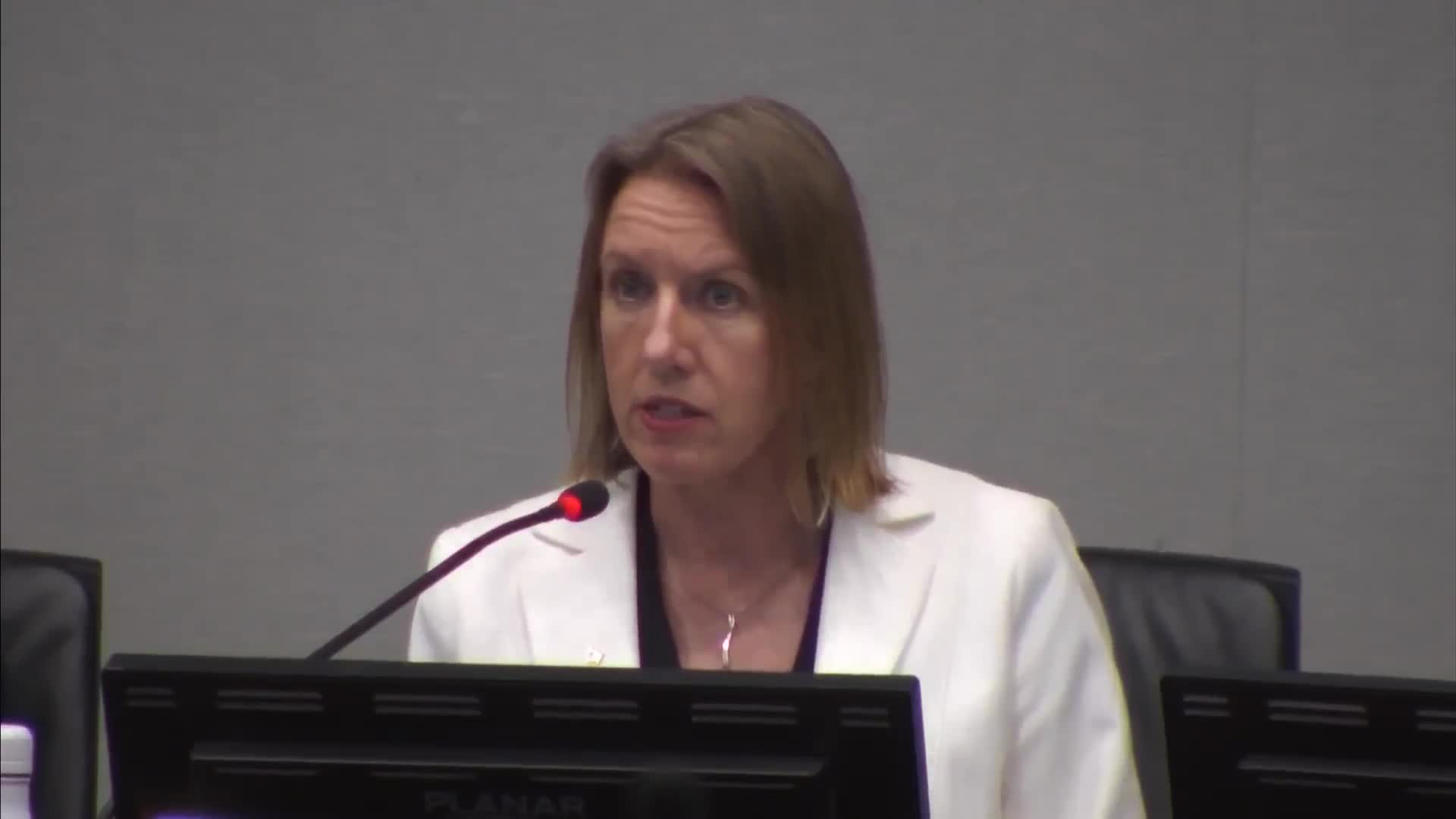California partners unveil hydrogen fuel cell trains for Metrolink routes
May 30, 2025 | California State Senate, Senate, Legislative, California
This article was created by AI summarizing key points discussed. AI makes mistakes, so for full details and context, please refer to the video of the full meeting. Please report any errors so we can fix them. Report an error »

In a recent meeting of the Senate Transportation Subcommittee, discussions centered around the future of rail travel in California, particularly focusing on the innovative use of hydrogen fuel cell technology and the need for improved connectivity between transit agencies.
As the meeting unfolded, officials highlighted the state's partnership with the San Bernardino County Transportation Authority (SBCTA) and Caltrans to introduce hydrogen fuel cell trains, with the first set expected to enter service this summer. This initiative marks a significant step towards sustainable transportation, as the trains have successfully completed rigorous testing and are poised to enhance service between San Bernardino and Redlands. The state has ordered ten of these advanced train sets, with options for an additional nineteen, indicating a strong commitment to expanding this eco-friendly technology across California.
Moreover, the conversation touched on Metrolink's pioneering efforts in sustainability. As the first regional rail agency in the nation to adopt tier 4 locomotives and utilize 100% renewable biofuels, Metrolink is setting a precedent for environmentally responsible rail travel. Every train in their fleet now operates on biofuels derived from natural fats and food oils, showcasing a proactive approach to reducing carbon emissions.
However, the meeting also revealed challenges in regional connectivity. A member of the committee expressed concern over the limited train service to major events, such as sports games and concerts, which often leads to heavy road congestion. The lack of collaboration between transit agencies like NCTD and Metrolink restricts travel options for residents wanting to attend events across county lines. The committee member emphasized the importance of establishing a culture of service that transcends these boundaries, aiming to create a seamless travel experience for Californians.
As the meeting concluded, the discussions underscored a dual focus: advancing sustainable rail technology while also addressing the pressing need for improved inter-agency cooperation. The outcomes of these initiatives could not only reshape California's transportation landscape but also enhance the overall quality of life for its residents, paving the way for a greener and more connected future.
As the meeting unfolded, officials highlighted the state's partnership with the San Bernardino County Transportation Authority (SBCTA) and Caltrans to introduce hydrogen fuel cell trains, with the first set expected to enter service this summer. This initiative marks a significant step towards sustainable transportation, as the trains have successfully completed rigorous testing and are poised to enhance service between San Bernardino and Redlands. The state has ordered ten of these advanced train sets, with options for an additional nineteen, indicating a strong commitment to expanding this eco-friendly technology across California.
Moreover, the conversation touched on Metrolink's pioneering efforts in sustainability. As the first regional rail agency in the nation to adopt tier 4 locomotives and utilize 100% renewable biofuels, Metrolink is setting a precedent for environmentally responsible rail travel. Every train in their fleet now operates on biofuels derived from natural fats and food oils, showcasing a proactive approach to reducing carbon emissions.
However, the meeting also revealed challenges in regional connectivity. A member of the committee expressed concern over the limited train service to major events, such as sports games and concerts, which often leads to heavy road congestion. The lack of collaboration between transit agencies like NCTD and Metrolink restricts travel options for residents wanting to attend events across county lines. The committee member emphasized the importance of establishing a culture of service that transcends these boundaries, aiming to create a seamless travel experience for Californians.
As the meeting concluded, the discussions underscored a dual focus: advancing sustainable rail technology while also addressing the pressing need for improved inter-agency cooperation. The outcomes of these initiatives could not only reshape California's transportation landscape but also enhance the overall quality of life for its residents, paving the way for a greener and more connected future.
View full meeting
This article is based on a recent meeting—watch the full video and explore the complete transcript for deeper insights into the discussion.
View full meeting
